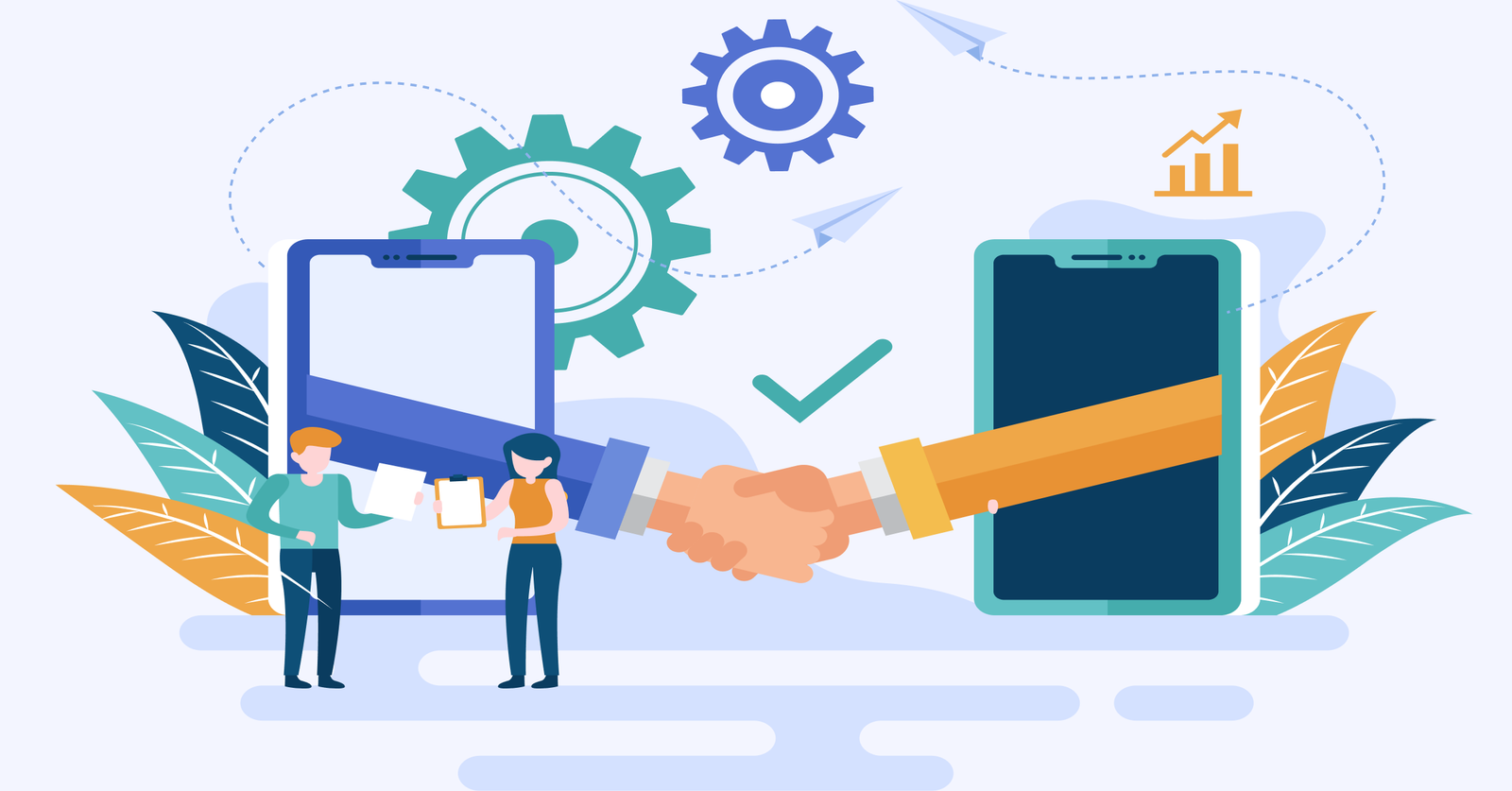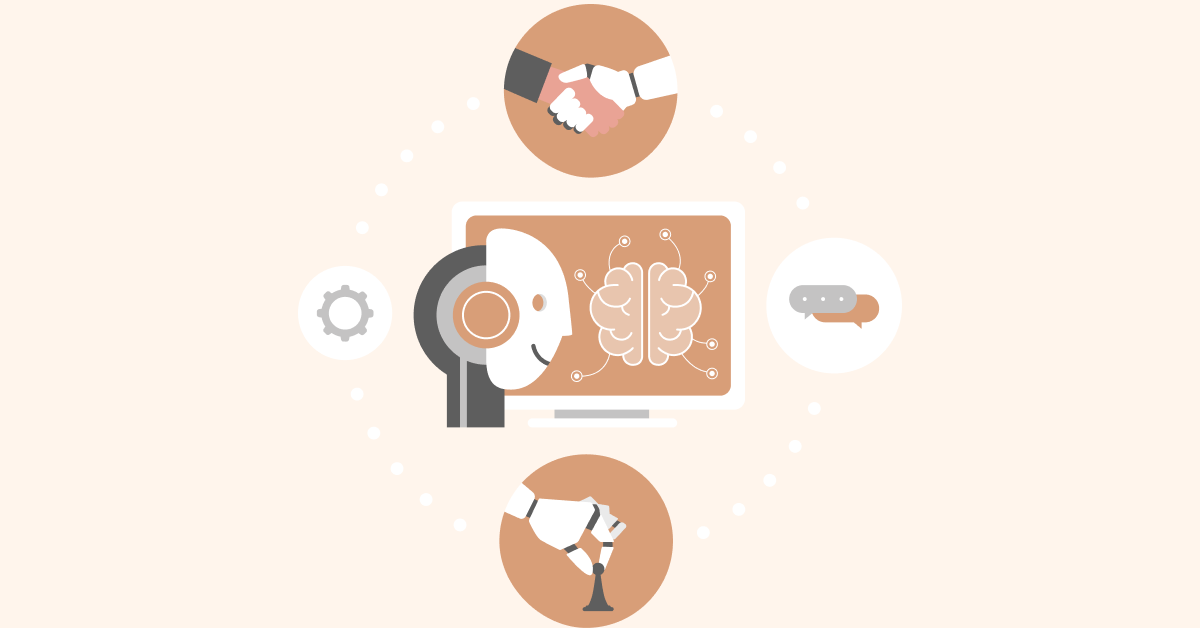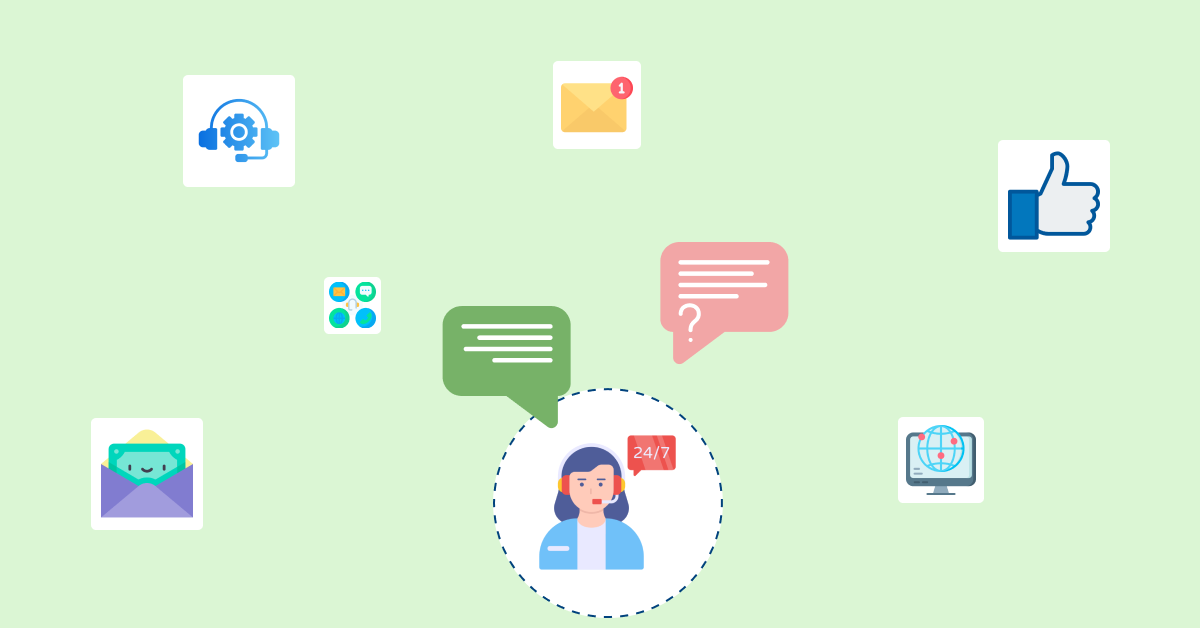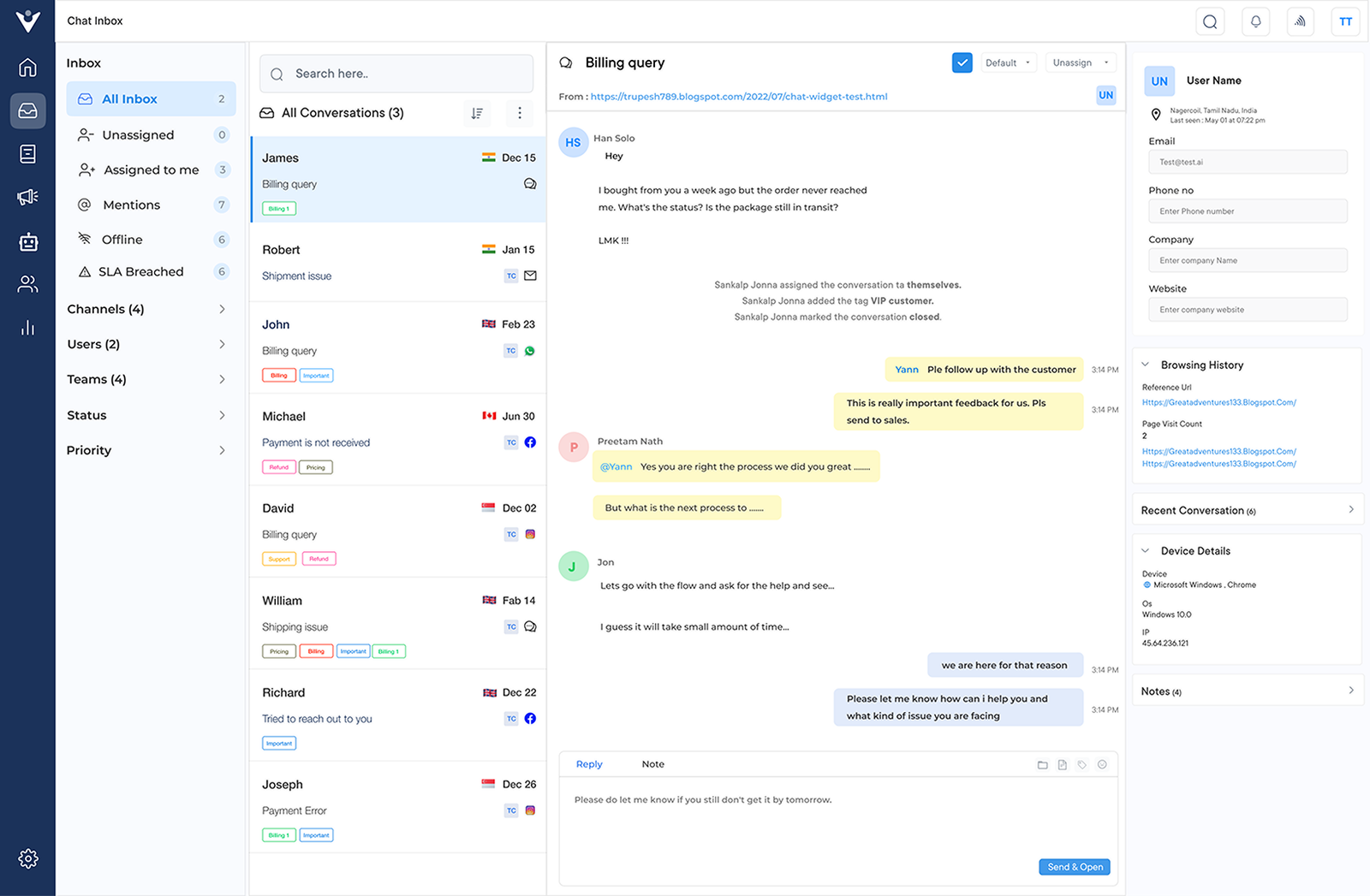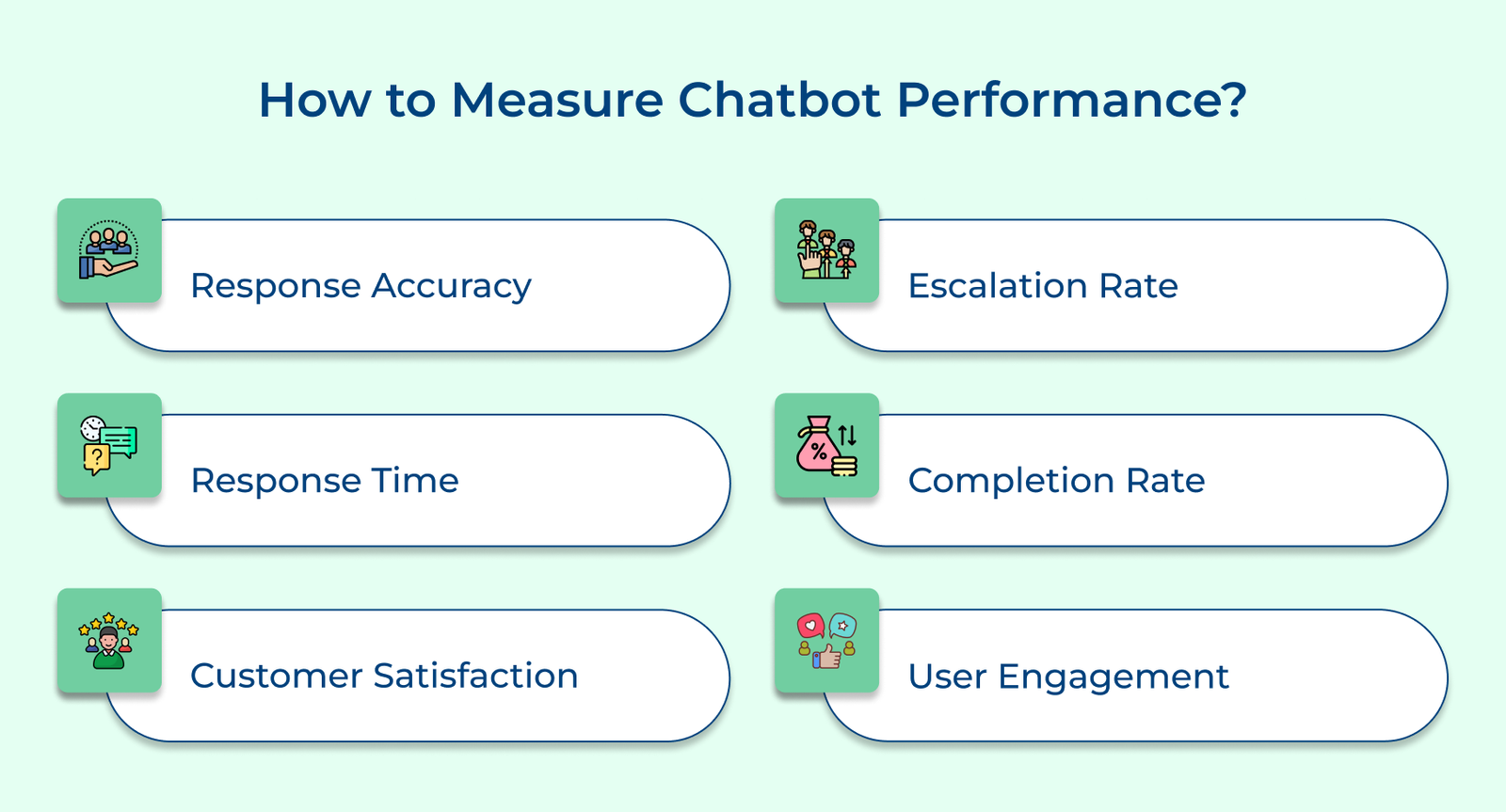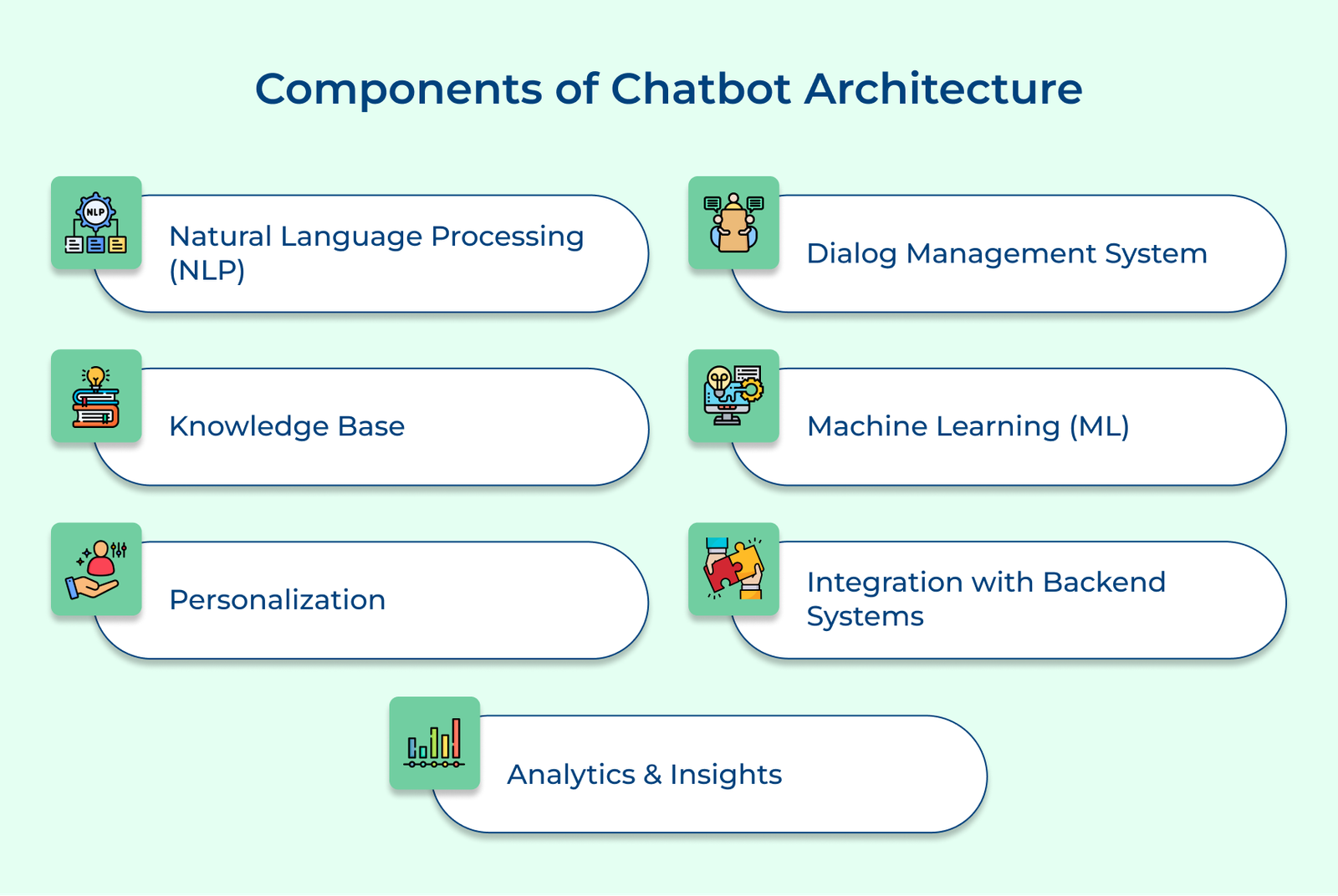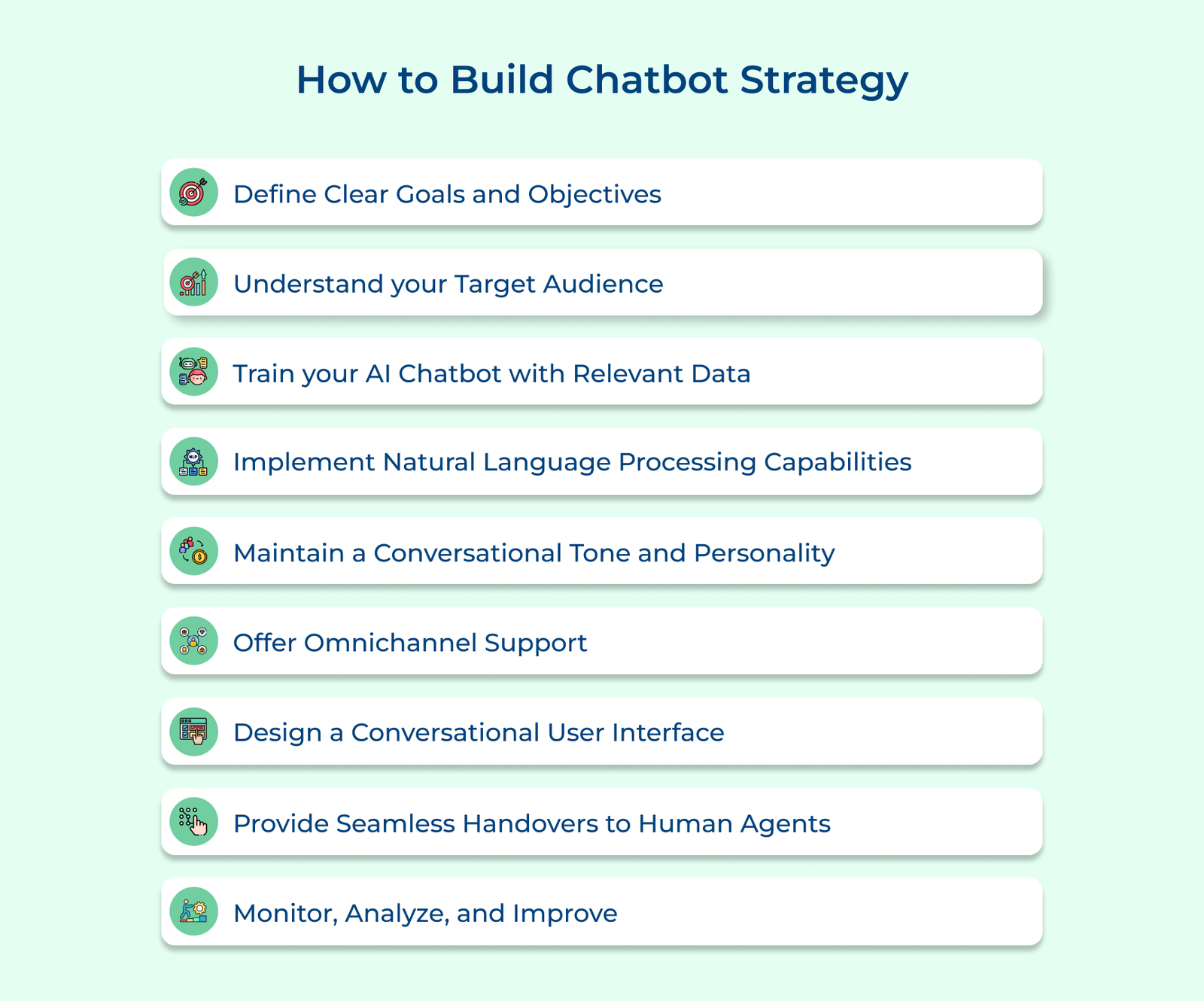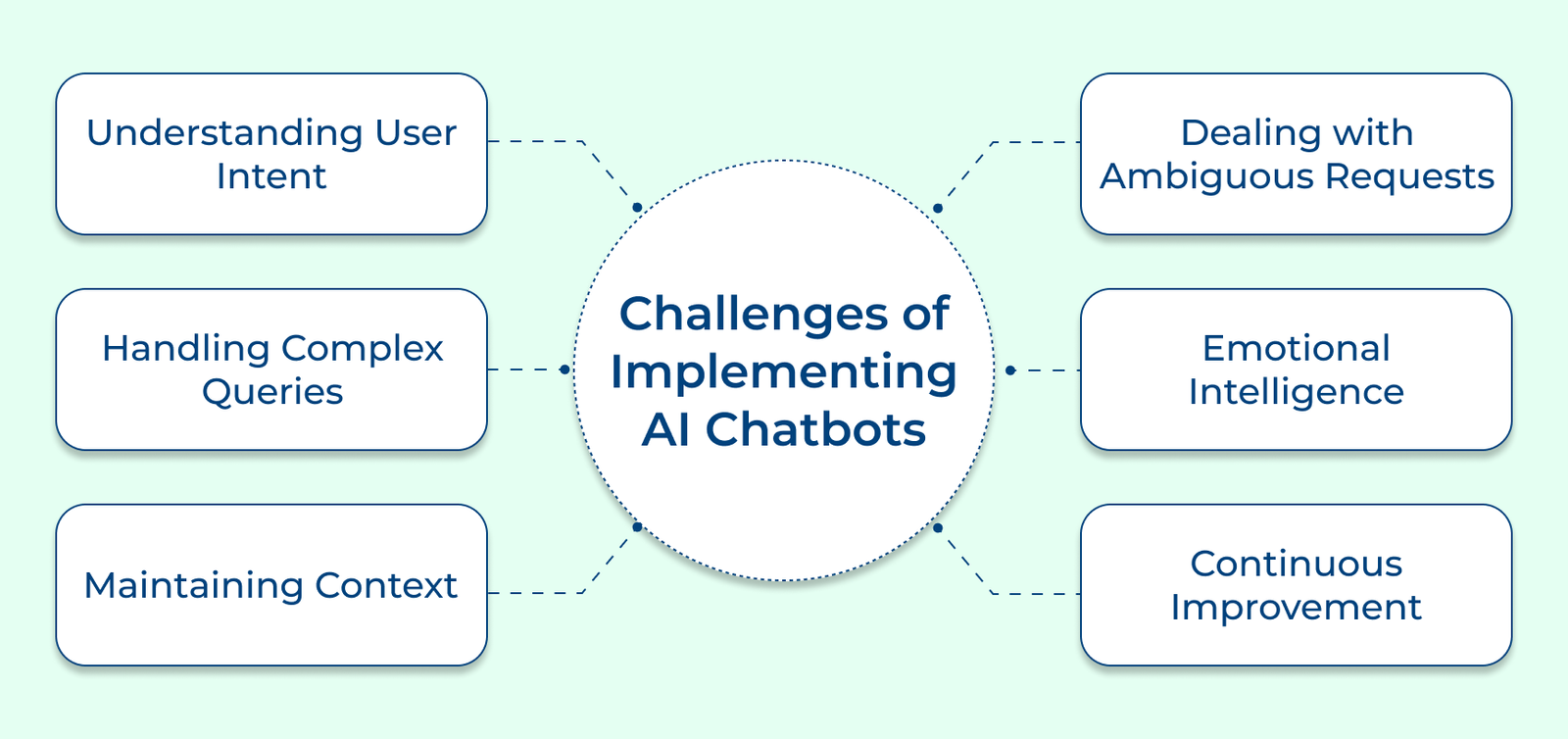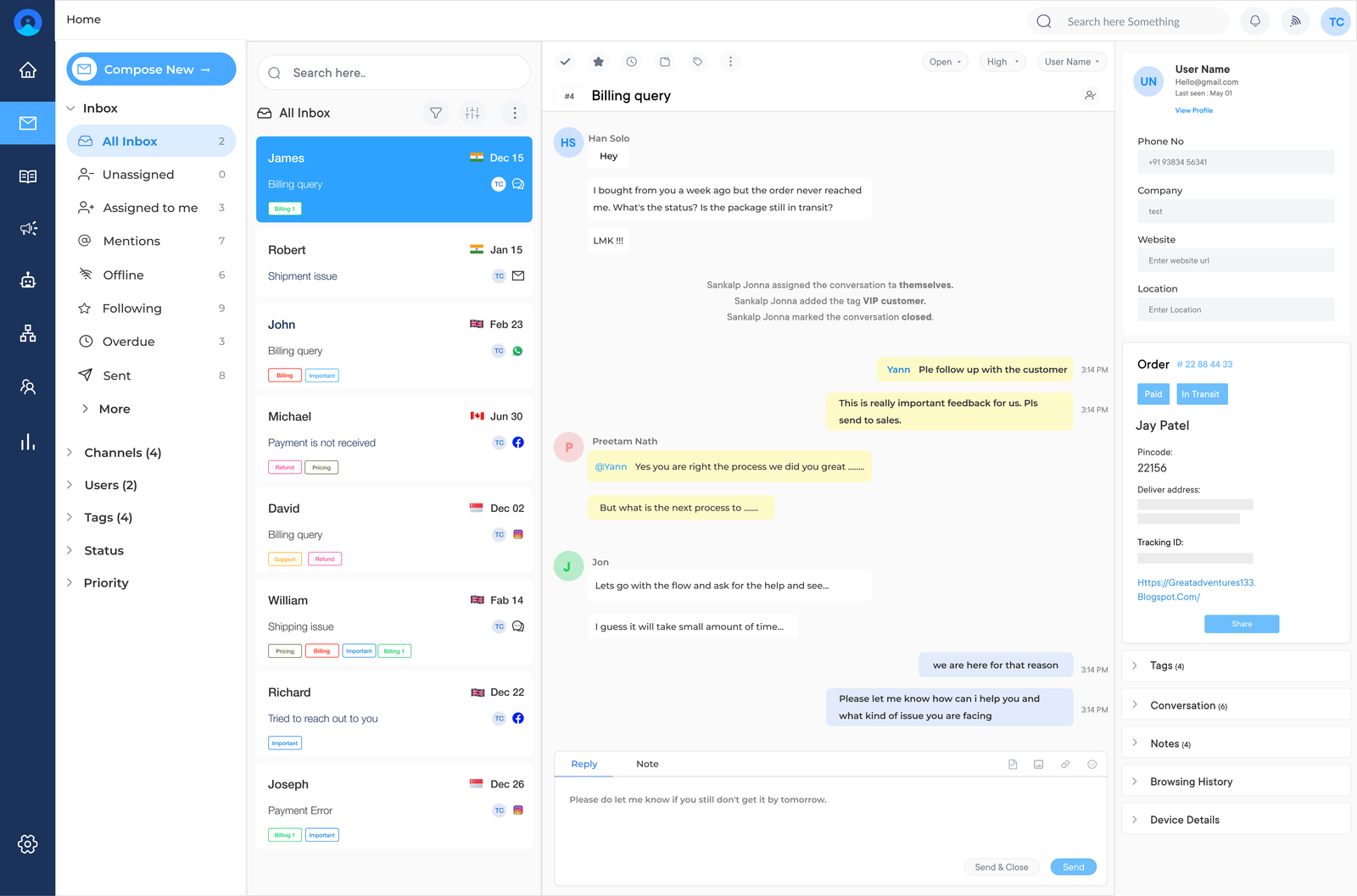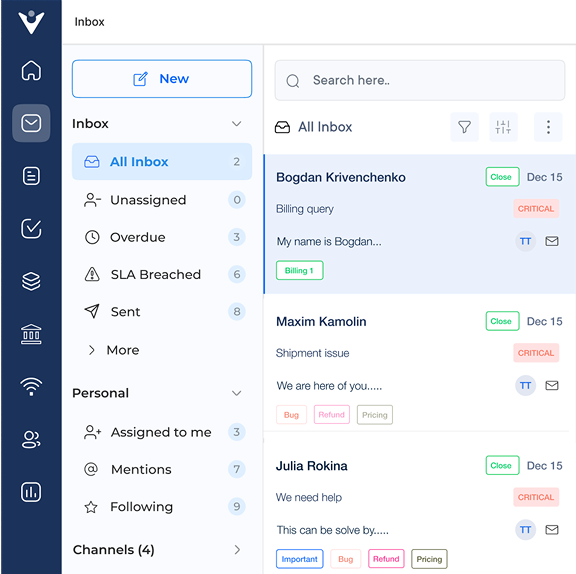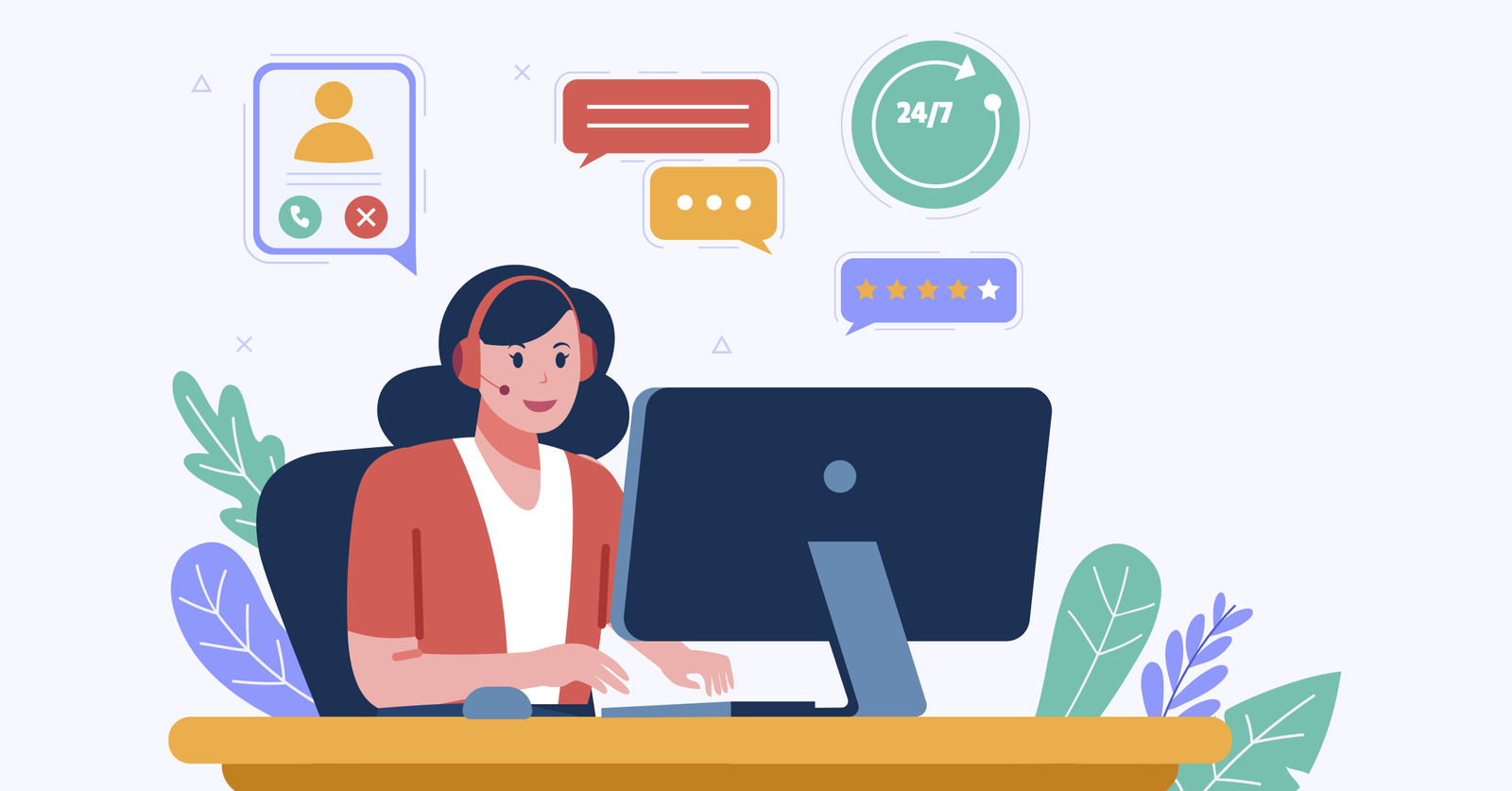1. Customer Support
AI chatbots excel in providing 24/7 customer support, handling common queries, and troubleshooting basic issues. They can quickly access vast knowledge bases to provide accurate information, reducing wait times and freeing up human agents for more complex problems. Chatbots can also escalate issues to human representatives when necessary, ensuring a seamless support experience.
2. Lead Generation
Capturing and qualifying leads become more efficient, thanks to chatbot. They engage with website visitors, collect required information and ask qualifying questions to determine the visitor’s needs. The information can then be passed to sales teams, allowing them to focus on high-quality leads and improving conversion rates.
3. Appointment Scheduling
Streamline the appointment scheduling process by integrating calendar systems with AI chatbots. You check availability, suggest suitable time slots, and book appointments without human intervention. The use case is particularly valuable in healthcare, professional services, and retail sectors, reducing administrative workload while improving customer convenience.
4. ECommerce
Chatbots serve as virtual shopping assistants in the ecommerce domain. They help customers find products, provide product information, offer personalized recommendations based on customer preferences, and even process orders. Chatbots can also handle post-purchase queries like order tracking and returns, enhancing the overall shopping experience.
5. Customer Feedback
When it comes to efficiently collecting customer feedback, chatbots are the right answer. Right from initiating surveys after interactions, asking targeted questions, to gathering insights, these bots come handy. This real-time feedback collection allows businesses to quickly identify areas for improvement and respond to customer concerns promptly.
6. Promotional Campaigns
AI chatbots can be powerful marketing tools, delivering personalized promotional content to users. The bots inform customers about new products, special offers, or upcoming sales events. These can also segment audiences and tailor promotional messages based on user preferences, increasing the effectiveness of marketing campaigns.
7. Content Delivery
Chatbots are excellent for delivering targeted content to users. They can provide news updates, educational materials, or entertainment content based on user preferences. The use case is particularly effective in media, education, and entertainment industries, where chatbots get to serve as personalized content curators.
8. Announcements & Notifications
Dissemination of important announcements and notifications to larger user bases is done efficiently with AI chatbots. Regardless if it’s informing service updates, sending reminders for events, or alerting users to account activities, chatbots deliver timely and personalized notifications across various platforms.
